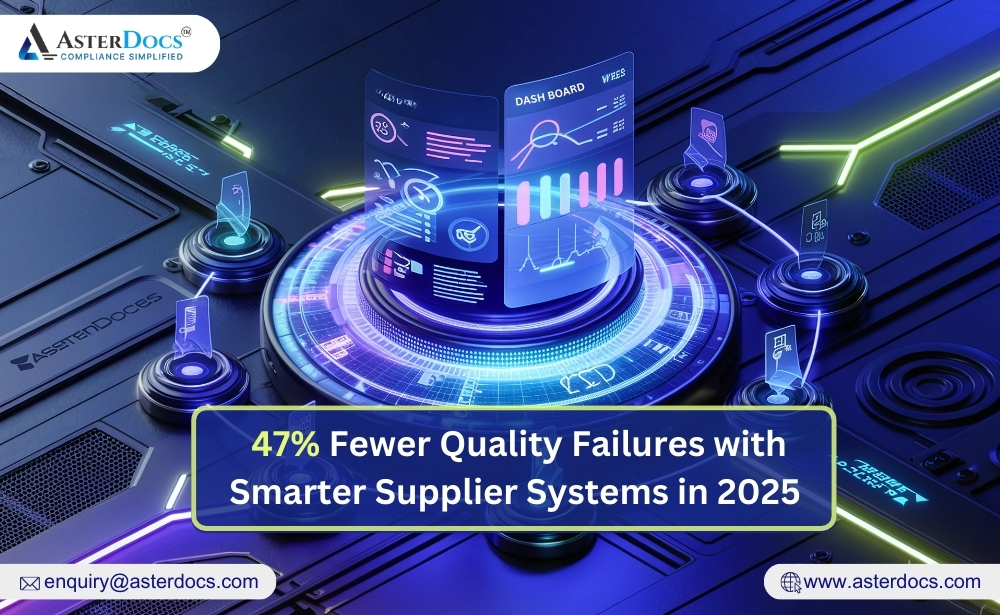In today’s globalized world, supply chains have become intricate webs spanning continents. Consumers are increasingly demanding transparency – wanting to know the origin, processing, and ethical sourcing of the products they buy. However, achieving complete transparency in these complex networks can be a daunting task. This blog delves into the challenges of traceability in intricate supply chains and explores ways to overcome them.
The Challenge of the Labyrinth
Imagine a maze of suppliers, manufacturers, distributors, and retailers – that’s the reality of many modern supply chains. Ensuring transparency requires tracking a product’s journey through each twist and turn. Here’s where challenges arise:
Data Silos: Information often gets trapped within individual companies, creating data silos. This fragmented view makes it difficult to track a product’s complete history.
Lack of Standardization: Standardized data formats and communication protocols are crucial for seamless information flow. Unfortunately, inconsistency across the supply chain can create roadblocks.
Complexity and Scale: The sheer size and complexity of global supply chains can be overwhelming. Manually tracking information across numerous entities becomes a logistical nightmare.

Beyond the Label Lies the Truth
The traditional product label simply can’t provide the level of transparency consumers crave. We need to move beyond basic information and delve deeper into the story behind the product. This includes:
Origin Transparency: Knowing where raw materials come from, whether they’re ethically sourced, and if sustainable practices are employed.
Processing Transparency: Understanding the processing methods used and ensuring they meet safety and quality standards.
Labor Transparency: Knowing the working conditions throughout the supply chain and ensuring ethical treatment of workers.
Shining a Light on the Path
Fortunately, there are solutions to tackle these challenges and achieve greater transparency:
Embracing Technology: Technologies like blockchain, cloud computing, and the Internet of Things (IoT) can provide a secure and efficient platform for data tracking and communication across the supply chain.
Collaboration is Key: Building strong partnerships among supply chain stakeholders is essential. By working together, companies can establish standardized data formats and communication protocols.
Investing in Visibility: Investing in traceability solutions, like serialization and track-and-trace technologies, empowers companies to monitor products at every stage of their journey.
Transparency: A Competitive Advantage
Achieving transparency in complex supply chains is not just about meeting consumer demands; it’s a strategic advantage. By demonstrating transparency, companies can:
Build Trust and Brand Loyalty: Consumers are more likely to choose brands they trust. Transparency fosters trust and builds brand loyalty.
Mitigate Risk: Traceability allows companies to identify potential issues early on, such as product recalls or counterfeit products entering the supply chain.
Enhance Sustainability: Transparency can help companies showcase their commitment to ethical sourcing and sustainable practices.
The Road to Transparency
The journey towards complete transparency in complex supply chains is ongoing. By embracing technology, fostering collaboration, and investing in visibility, companies can navigate the labyrinth and emerge with a clear path toward a more transparent future. This not only benefits consumers but also strengthens the entire supply chain ecosystem.













